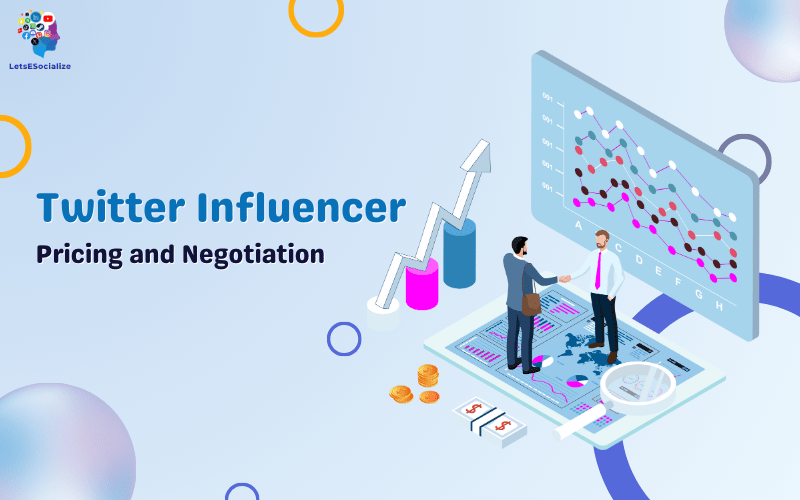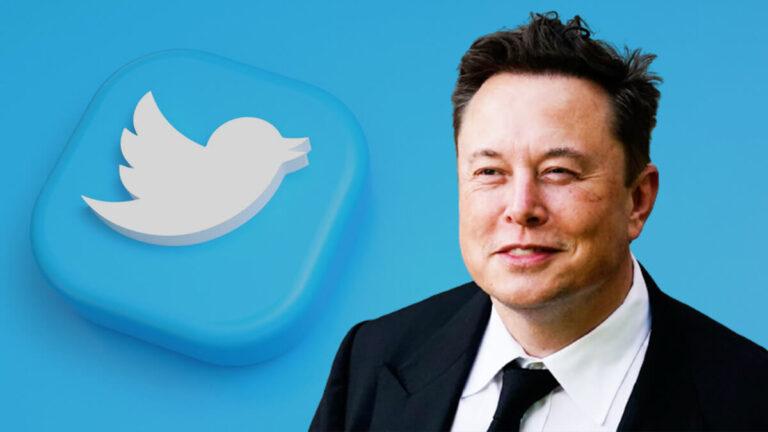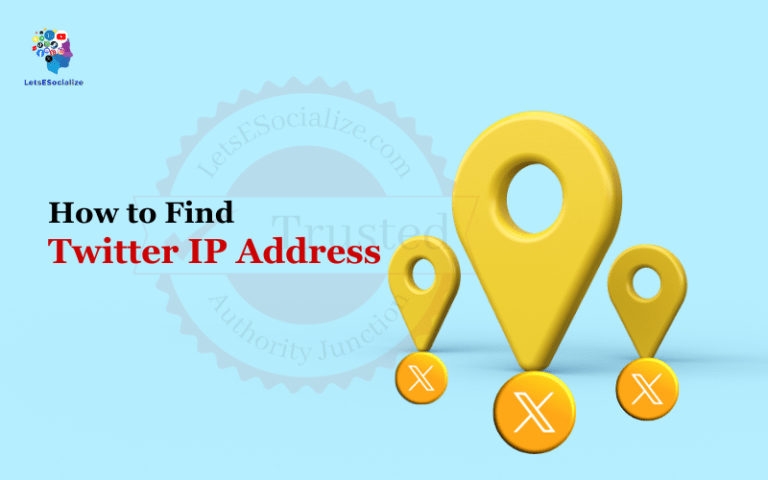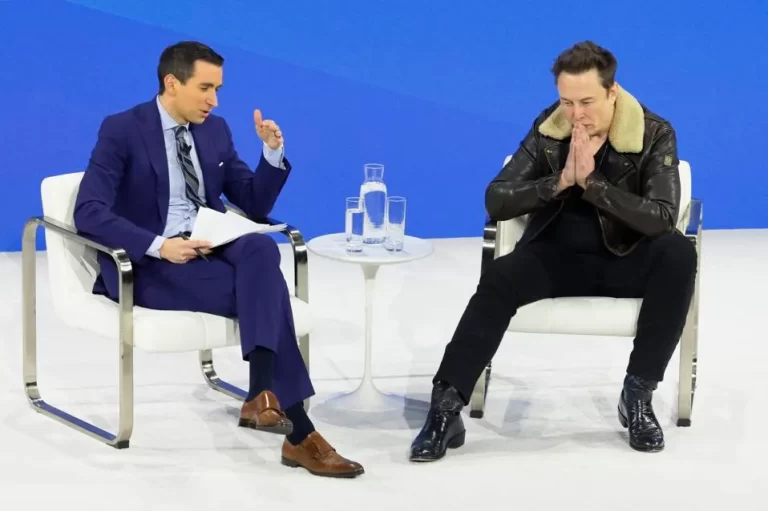Influencer marketing on Twitter has exploded in popularity, with brands leveraging influencers to increase awareness, engagement, and sales. However, determining the right influencer pricing and successfully negotiating deals can be challenging.
This comprehensive guide will explore Twitter influencer rates across follower tiers, pricing models, negotiation strategies, and more to help brands optimize spending.
Table of Contents
Introduction to Twitter Influencer Pricing
Influencer pricing on Twitter can vary greatly depending on several factors:
- Follower counts – Influencers with more followers generally charge higher rates. Pricing typically increases at certain tiers like 10k, 50k, 100k, etc.
- Engagement rate – Influencers with higher engagement metrics like likes, comments, and clicks can justify higher pricing.
- Niche – Popular niches like fashion, beauty, and lifestyle command premium pricing due to demand.
- Location – Influencers based in high-value markets like the US and UK often have higher rates.
- Post type – Photo posts, videos, and Twitter Fleets attract different pricing.
- Exclusivity – Exclusive branded content carries a pricing premium.
- Production costs – Complex multimedia content and shoots require added budgets.
Understanding these dynamics is key when evaluating influencer rates and negotiating agreements. The following sections dive deeper into tier-based pricing, different models, and strategies to negotiate the best deals.
Also read: Becoming an Influencer on Twitter
Twitter Influencer Rates by Follower Count

Follower count is the primary factor determining influencer posts on Twitter. Here are typical tiers-based pricing tiers:
Nano-influencers (1k to 10k followers)
This emerging hyper-targeted nano-influencer tier charges $20 to $75 per tweet. Despite lower reach, their highly engaged niche following provides substantial value for certain brands.
Micro-influencers (10k to 50k followers)
This is the ideal tier for cost-effective deals for most small to medium brands. Average prices range from $75 to $250 per tweet, depending on engagement. Some may even promote free products.
Mid-tier Influencers (50k to 500k followers)
Influencers start charging premium rates between $250 and $2,500 to compensate as engagement starts declining at higher tiers. But costs are still reasonable for many budgets.
Macro-Influencers (500k to 5 million followers)
Celebrity-level influencers with millions of followers can charge exorbitant rates from $5,000 to $10,000+ per tweet, given their massive reach. But engagement is relatively low.
Mega-Influencers (5 million+ followers)
The top social media mega-influencers like celebrities and A-list influencers can charge $10,000 to $100,000+ per tweet. This premium pricing puts them out of reach for most brands.
Of course, these tiers are not definitive. Factors like engagement, exclusivity of content, and niche still impact pricing. But it provides a helpful benchmark on how costs scale with reach. Let’s look at some pricing models next.
Twitter Influencer Pricing Models
Beyond straight sponsored tweets, there are a few creative influencer pricing models on Twitter to consider:
1. Sponsored Tweet Campaigns
The most common model is paying for a set number of straight sponsored tweets promoting the brand within a fixed timeframe. This provides predictable costs and impressions.
2. Twitter Takeovers
Exclusive takeovers involve the influencer promoting the brand across all tweets and Twitter Fleets for a day. This provides a “flood the zone” impact to dominate feed visibility. Expect a takeover premium.
3. Promoted Trending Hashtags
Influencers can promote branded hashtags designed to organically trend and spread across Twitter. When executed correctly, it creates viral amplification.
4. Twitter Polls/Questions
Polls and Questions tweets that mention the brand also garner high engagement. The real-time feedback helps validate products with target demographics.
5. Twitter Live Videos
Influencers endorse products in a Twitter Live video, giving fans exclusive interactive access while driving awareness. Live premiums are standard.
6. Twitter Spaces
Twitter’s live audio rooms are gaining traction. An influencer hosting a Space to discuss a brand attracts big live crowds.
7. Sweepstakes Promotion
Influencers can promote branded sweepstakes/contests to grow follower opted-in lists and email marketing reach. Great for leads.
Matching the right model to campaign goals is key to maximising value. For one-off awareness blitzes, simple sponsored tweets work well. But Twitter-specific formats like Twitter Spaces merit the premium price for deeper interactive engagement.
Twitter Influencer Content Costs
Beyond the main sponsorship fees, additional content production costs may be required:
- Original photos: $50+ per photo
- Custom videos: $200+ per video
- Professional photography: $300+ per photo set
- Videography: $500+ per video
- Travel costs: For influencers producing on-site content with products/services
- Giveaways/products: Providing free products the influencer can giveaway helps incentivize fans to engage.
It is reasonable for influencers to charge for substantial production costs to create branded content. But agree on these fees upfront and set limits to control costs.
Negotiating the Best Twitter Influencer Rates

Here are some proven tips to negotiate the most competitive and mutually beneficial influencer rates on Twitter:
Leverage Multi-Channel Packages
Negotiating bundled influencer deals across Twitter, Instagram, YouTube, etc., allows cost savings since the influencer wants your business across channels. Avoid being gouged for single platform access.
Offer Value-Add Promotions
Promote influencer content, run contests driving followers to them, and give them affiliate revenue share. Adding value builds goodwill for better long-term pricing.
Secure Exclusivity Windows
While exclusivity often increases costs, it ensures influencers wait to repurpose your branded content to competitors. Win exclusive windows of 3-6 months for priority access.
Benchmark Against Alternatives
Research industry averages for the tier and niche. If pricing seems inflated, present competitive alternatives and rates you could obtain elsewhere. But remain professional.
Set Performance Targets
Agree to higher rates in return for guaranteed engagement metrics like impressions, clicks, and conversions. This incentivizes influencers to maximize results.
Offer Backend Revenue Share
If the partnership directly drives product sales or lead gen, offer 10-20% revenue share. This gives influencers “skin in the game” to boost performance.
Negotiate Higher Tiers for Discounts
Secure batch discounts when committing to a larger budget spread across multiple higher-tier influencers. Don’t put all the eggs in one basket.
Mix Micro with Macro Deals
Blend deals with micro and macro influencers across tiers for an optimal balance of authenticity and reach. Don’t overpay macro-influencers for engagement you can get through micro-partners.
The key is establishing trust, demonstrating added value beyond payment, and structuring win-win agreements. This builds a foundation for long-term influencer relationships.
Twitter Influencer Agreement Terms
When finalizing influencer agreements, be sure to define these key terms explicitly:
- Post Frequency: How many tweets per week/month?
- Post Types: Mix of tweets, Fleets, videos, graphics, etc.
- Content Approval: Right to review and approve content before publishing.
- Engagement Protocol: The influencer should have comments, likes, and interactions.
- Affiliate/Tracking Links: Method for integrating links and tracking sales.
- Campaign Hashtags: Branded hashtags for followers to amplify.
- Social Channels: Twitter plus other platforms included.
- Content Rights: Who owns the rights to content created.
- Exclusivity: Length of time content stays exclusive.
- Competitor Restrictions: Agree to not work with competitor brands.
- Term Length: How long does the campaign partnership last?
- Cancellation Policy: Conditions to end partnership early.
Spelling these terms in a formal contract protects the brand and the influencer. Now, let’s explore some Twitter influencer pricing case studies.
Twitter Influencer Pricing Case Studies
Here are real examples of influencer pricing and partnerships on Twitter across follower tiers:
Case Study #1: Micro-influencer Sponsored Tweets
Fashion brand MATTER partnered with two micro-influencers in the sustainable space – @ethicalmaker with 25k followers and @ecofashiongal with 15k followers.
@ethicalmaker charged $150 per sponsored tweet, while @ecofashiongal charged $100 due to her lower follower count. But both had high engagement rates of over 5%, making the investment worthwhile to reach MATTER’s niche audience.
Case Study #2: Mid-tier Influencer Ongoing Partnership
Gardening tools brand Cultivate Life partnered with gardening influencer @green_thumb_mama with 350k followers for an ongoing 3-month campaign.
The mid-tier influencer had an average of 2-3% engagement on her content. She charged $1,500 monthly for a mix of 2 videos and 4 tweets per week promoting the brand’s products.
Case Study #3: Macro-Influencer Exclusive Partnership
Apparel retailer MODA contracted celebrity influencer Selena Gomez (65 million followers) as an exclusive brand ambassador for 1 year.
Selena’s massive reach drove awareness, but her Twitter engagement rate was under 1%. MODA paid an upfront fee of $500,000 plus an additional $10k per sponsored post.
As these case studies show, influencer pricing varies significantly based on follower size, perceived value, exclusivity and content volume. Set your budget accordingly.
Tracking Twitter Influencer Campaign ROI
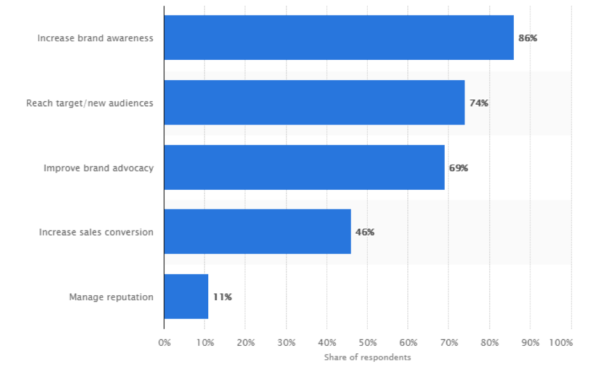
It’s critical to track campaign return on investment (ROI) so you can optimize your influencer spending:
- Sales Revenue: Use affiliate links and promo codes to quantify direct sales driven.
- Site Traffic: Track Traffic from Twitter to your website. Analyze actions taken.
- Leads/Registrations: Monitor email signups, webinar registrations, etc.
- Engagement Analytics: Review likes, comments, clicks, retweets.
- Ad Recall Studies: Run surveys with the target audience on branding impact.
- Partner Check-Ins: Frequently connect with partners to discuss performance.
Gauging ROI will help identify your most valuable partners worth investing in for the long term. It will also reveal underperforming investments to eliminate.
Now, look at some recent examples of brand partnerships with Twitter influencers.
Recent Twitter Influencer Marketing Examples
Here are some real-world examples of brands leveraging Twitter influencers across tiers:
1. Hopper Teams Up with Travel Micro-Influencers
The travel app Hopper collaborated with niche travel micro-influencers like @adventure_tom (15k followers) for sponsored tweets about flight deals tailored to the influencers’ destinations.
2. Spotify Partners with Music Mid-tier Influencers
Spotify executed multiple partnerships with mid-tier musicians like country singer @johnandrews (370k followers) to promote their new albums, released exclusively on Spotify.
3. Samsung Collaborates with Macro-Influencer Ellen Degeneres
Samsung selected celebrity talk show host Ellen DeGeneres (79 million followers) as their Galaxy S20 launch campaign influencer to drive buzz among the mass market.
4. Walmart Recruits Multiple Micro and Mid-tier Influencers
For their Spring Style campaign, Walmart worked with 50+ micro and mid-tier fashion and lifestyle influencers at affordable rates to generate social buzz.
These examples illustrate how brands across verticals have successfully leveraged Twitter influencers at various tiers and price points to achieve real results. Optimizing spending based on your niche, budget, and campaign goals is key.
In summary, this guide covered influencer pricing models on Twitter, follower tier rates, negotiation tips, agreement terms, ROI tracking, and real partnership examples. The Twitter influencer landscape offers extensive options at reasonable costs for brands of all sizes to boost their marketing. With the right strategic approach, any brand can build effective influencer campaigns on Twitter within their budgets.

